Other news

What is Antenna Gain in Satellite Communications? (Explained simply)
Read more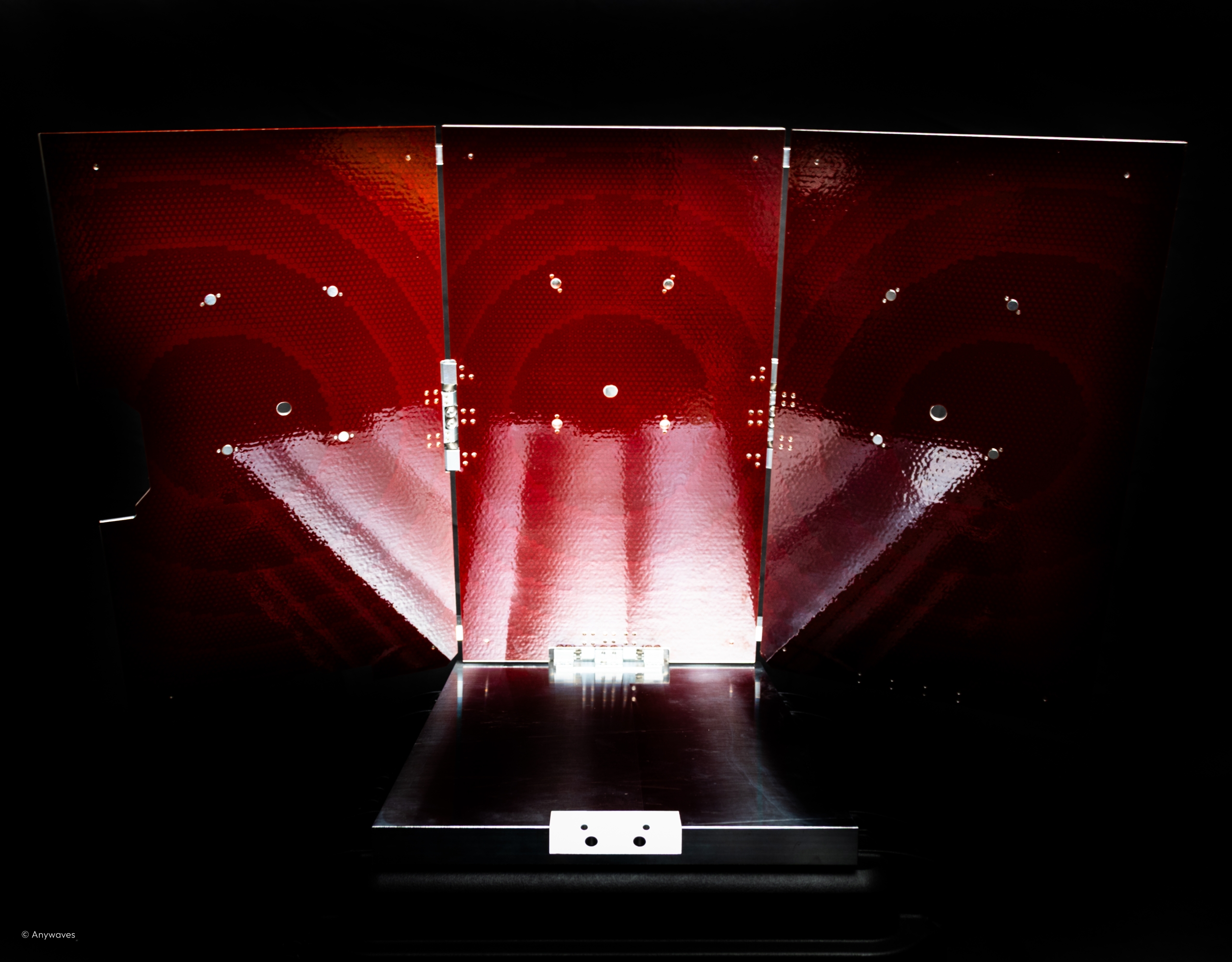
Reflectarray Antennas for Small Satellites: From Concept to First Commercial Deployment
Read more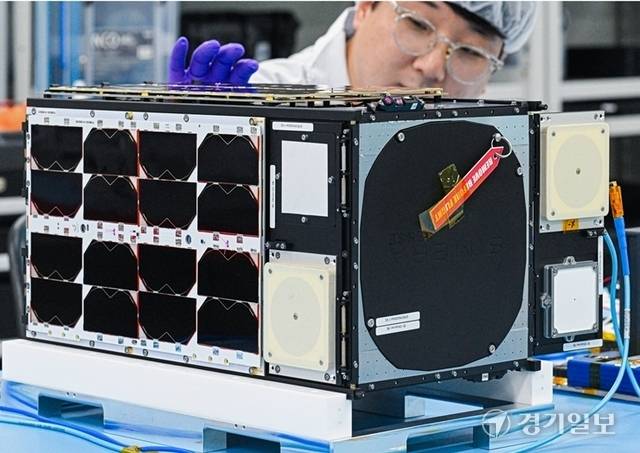
At Anywaves, we love building antennas — but what really drives us is seeing them come to life on missions that matter.
That’s exactly what happened with Observer-1A and 1B, two 16U CubeSats developed by Nara Space Technologies, a dynamic South Korean company pioneering a new generation of CubeSat-based Earth observation solutions. Their goal: deliver high-resolution Earth imagery from orbit, with speed, flexibility, and a bold roadmap for the future.
We’re proud to be contributing to this effort by supplying our X-band antenna — a key piece of hardware that ensures all the data collected in space actually makes it back to Earth efficiently. Here’s a closer look at the mission, the spacecraft, the team behind it, and what we’ve built together.
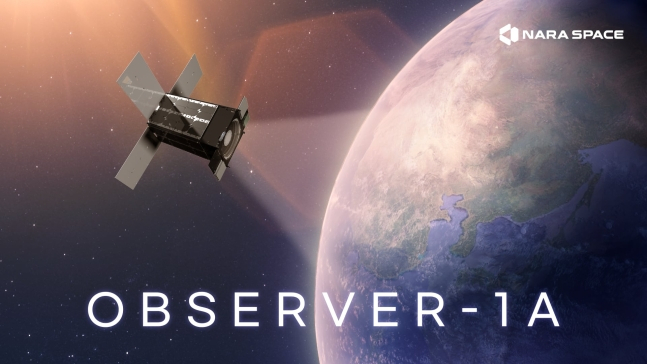
Credits: Nara Space
Based in Daejeon, South Korea, Nara Space Technologies has rapidly positioned itself at the forefront of South Korea’s commercial space sector. Founded in 2015, they’ve built up a strong internal team (50+ engineers and specialists) and a big ambition: rethink how small satellites can help us better understand our planet.
What makes Nara Space stand out isn’t just its hardware. They’re building an entire ecosystem:
Their long-term vision is clear: provide timely, high-quality geospatial data for governments, businesses, and research institutions worldwide. With the successful launch of Observer-1A, Nara Space became the first private Korean company to operate a 16U optical CubeSat, marking a significant milestone for both the company and the national space industry.
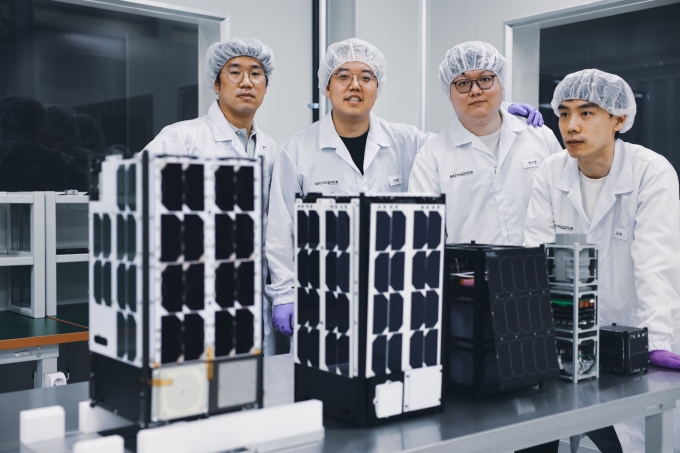
The Team behind Observer-1. Credits: Nara Space
The Observer-1 satellites are part of a broader plan to deploy a 96-satellite constellation over five years, with the goal of delivering frequent, global, high-resolution Earth imagery to support:
By using small, agile satellites equipped with powerful payloads, Nara Space is building an alternative to traditional, costly EO constellations — offering flexibility, scalability, and reduced latency.
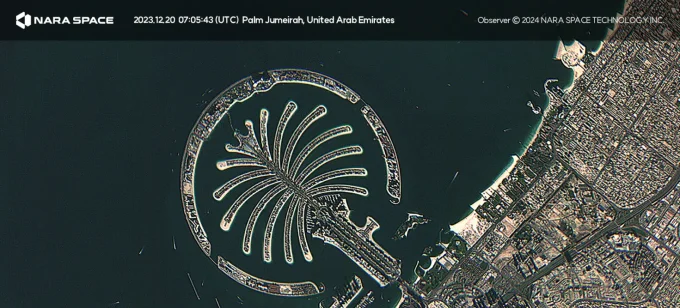
On November 12, 2023, Observer-1A’s beacon transmission and bidirectional communication has been completed within about 1 hour and 20 minutes after the ejection from Falcon 9. Credits: Nara Space
Observer-1A carries a multispectral electro-optical payload capable of imaging across seven bands in the visible and near-infrared spectrum (450–900 nm). The camera delivers a native ground resolution of 1.5 meters, improved to 0.5 meters through software-based super-resolution techniques.
Its wide swath (14 × 40 km) enables efficient coverage of large areas in a single pass, making it ideal for monitoring dynamic or remote regions. With a planned lifetime of two years, Observer-1A is already generating imagery that feeds into Nara Space’s EarthPaper platform, allowing near-real-time analytics and actionable insights.
Key onboard systems include:
Scheduled for launch in the first half of 2024, Observer-1B mirrors the design and mission profile of its predecessor. Once in orbit, it will enable:
The two satellites will work in tandem to lay the operational groundwork for the full Observer constellation. Each new spacecraft added to the fleet will enhance revisit capabilities and improve data availability — a critical factor for markets demanding near-real-time monitoring.
Observer-1’s imaging capabilities mean large volumes of data are generated on each pass — and efficient transmission to ground stations is key. That’s where Anywaves comes in. For both Observer-1A and 1B, we supplied our flight-proven X-band antenna, engineered specifically for:
Our X-band antenna ensures seamless transmission of mission-critical data, supporting real-time analytics and empowering decision-making on the ground.
We worked closely with Nara Space’s technical teams to ensure perfect integration of the antenna within the mission architecture — a collaboration that highlights the importance of trust, precision, and agility in space engineering.
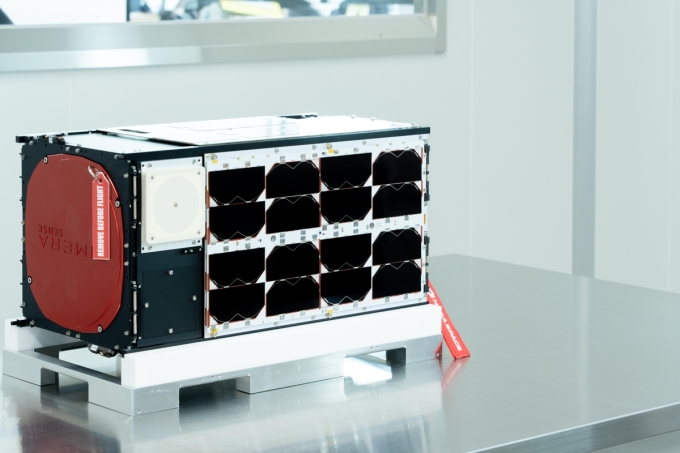
Credits: Nara Space
With Observer-1A operational and 1B soon to follow, Nara Space is already preparing the next phases of deployment. The goal is to scale toward 96 satellites, allowing:
Observer’s scalability makes it suitable for a variety of use cases, from global climate research to precision agriculture, infrastructure planning, and national security.
Nara Space isn’t just building satellites — they’re building an integrated data service pipeline. The EarthPaper analytics platform is being enhanced to:
The seamless delivery of high-value data products is where the mission’s true impact will be felt — and it depends on robust, high-bandwidth communications to close the loop between orbit and analysis. That’s why antenna performance will remain a strategic asset, and why we look forward to continuing to support the Observer fleet as it grows.
The Observer-1A and 1B missions are more than technical milestones. They represent a new way of thinking about satellite-based Earth observation: faster, more modular, and increasingly intelligent.
For Anywaves, collaborating with Nara Space has been an opportunity to bring our technology into an ambitious and well-structured vision — and to support the growth of a new space leader in Asia.
We’re proud of the work done so far, and we’re looking forward to what comes next: more missions, more collaboration, and more opportunities to enable next-generation satellite constellations with our European-made antennas.
Stay tuned – the best is yet to come.



If you have any question, we would be happy to help you out.